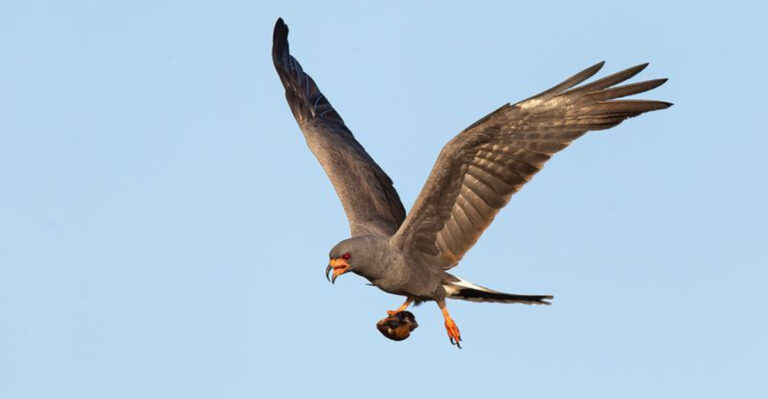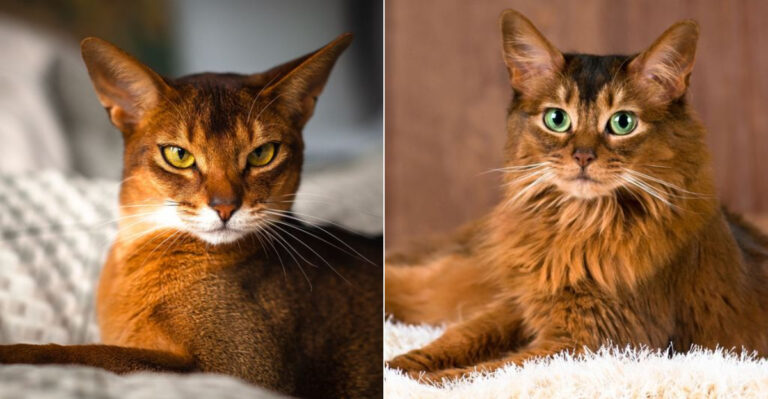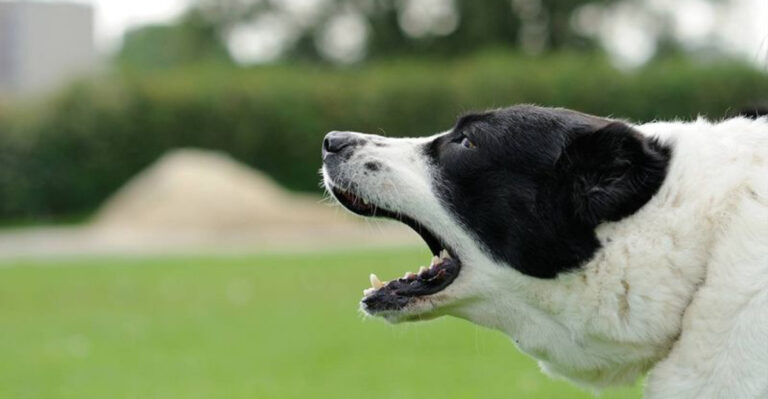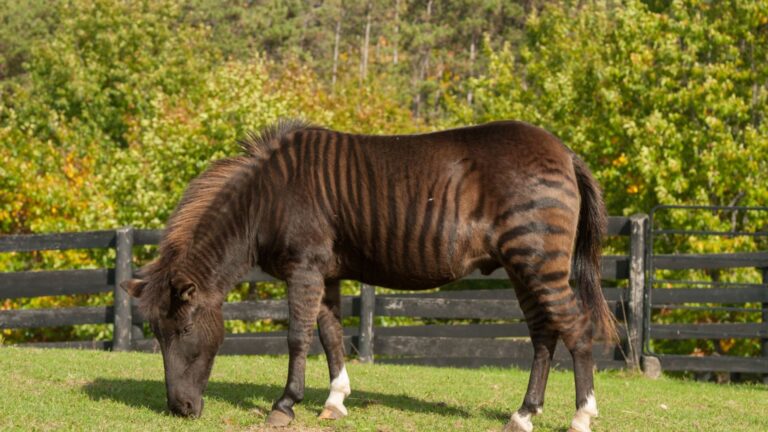Fossilized Stomach Reveals Sauropod Dinosaur’s Final Meal
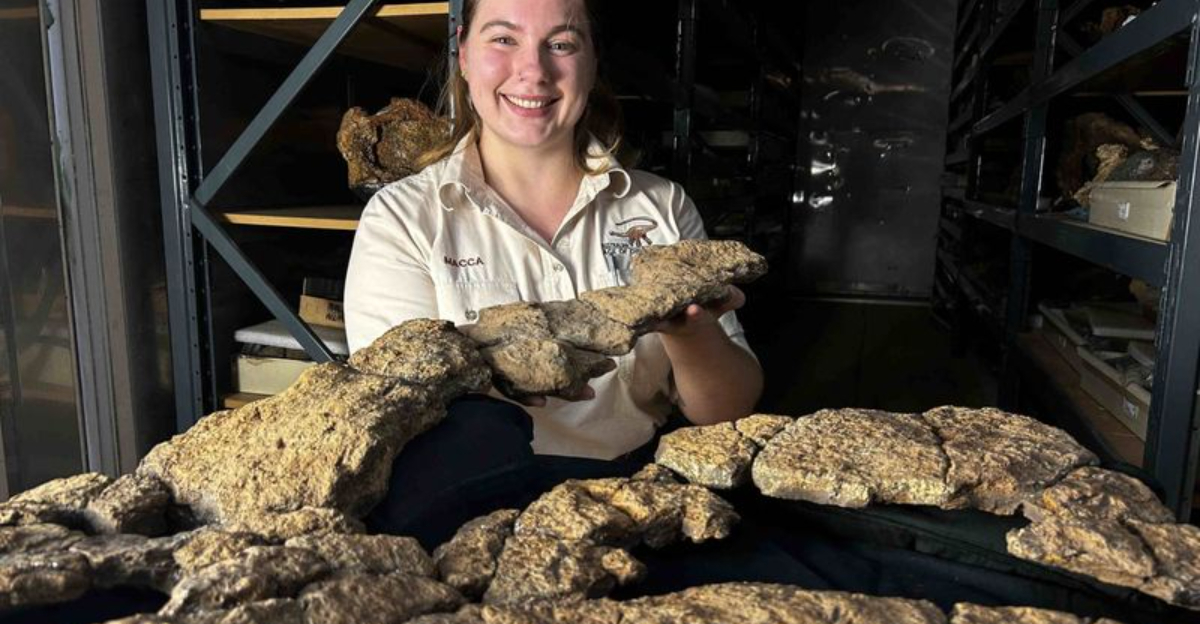
Scientists have made an extraordinary discovery that gives us a peek into the dining habits of massive sauropod dinosaurs.
A fossilized stomach containing a prehistoric creature’s last meal has been found, offering unprecedented insights into what these gentle giants ate. This rare find, nicknamed ‘Judy,’ helps paleontologists piece together how these enormous animals survived in their ancient world.
1. Unearthing The First Fossilized Stomach Contents Of A Sauropod
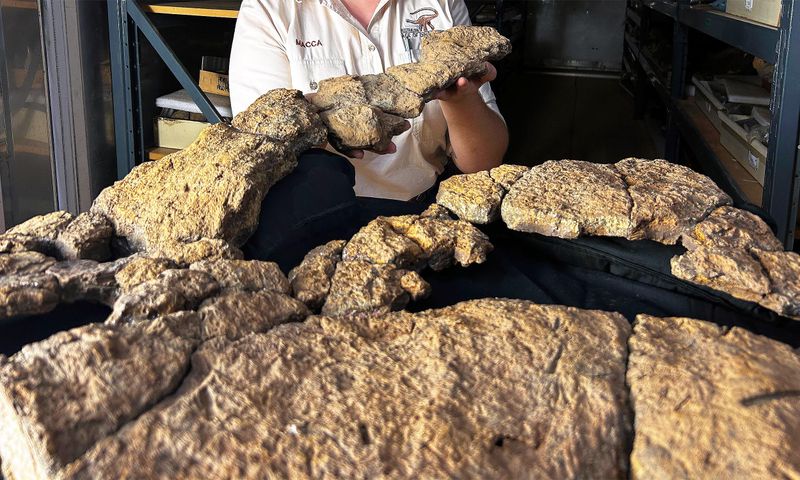
Imagine finding a 95-million-year-old lunch box! That’s essentially what scientists stumbled upon in Australia’s outback.
This groundbreaking discovery marks the first time researchers have found preserved stomach contents in a sauropod dinosaur. Before this, paleontologists could only guess what these long-necked giants ate based on teeth marks and fossilized poop.
2. Meet Judy: The Juvenile Sauropod That Changed Paleontology
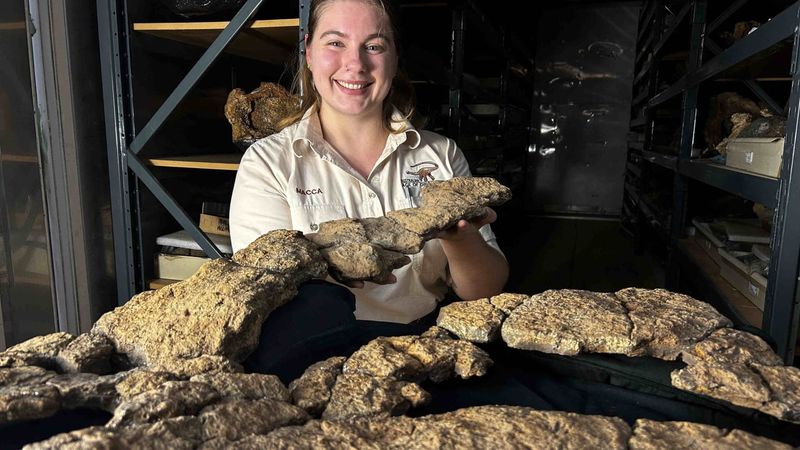
Named after one of her discoverers, Judy wasn’t fully grown when she died. Her relatively small size—only about 25 feet long—helped preserve her remains more completely than adult sauropods.
The youngster belonged to the titanosaur family, massive plant-eaters that dominated the Southern Hemisphere. Her youthful status gives scientists a rare glimpse into how young sauropods fed.
3. What Was Inside The Stomach Of The 95-Million-Year-Old Dinosaur?
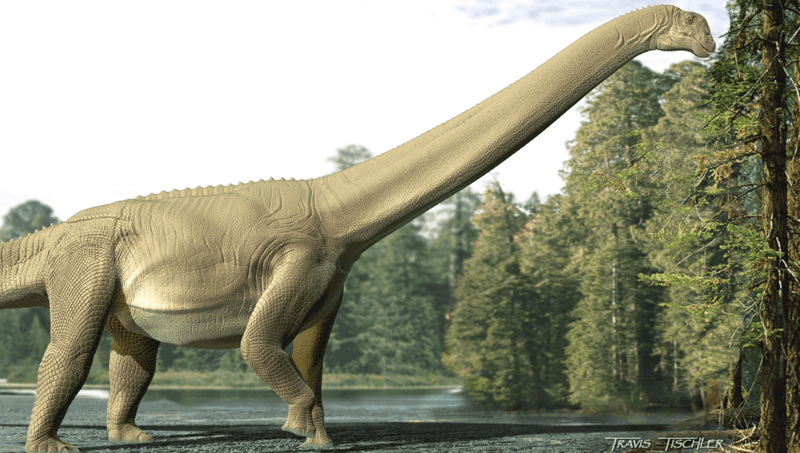
Remarkably preserved plant material reveals Judy’s final forest feast! Her stomach contained a mix of conifers, seed ferns, and early flowering plants, all chopped into tiny pieces.
Scientists identified at least 88 different plant types, suggesting these dinosaurs weren’t picky eaters. Some plant fragments still show cellular details, giving researchers unprecedented insights into Cretaceous vegetation.
4. A New Look At Sauropod Diets: Herbivores Or Specialized Feeders?

Forget the old idea that sauropods mindlessly munched anything green! Judy’s stomach contents reveal surprising selectivity in her diet.
Certain plant types appear more frequently than others, suggesting these giants may have preferred specific vegetation. The discovery challenges long-held assumptions that sauropods were indiscriminate eaters, opening new questions about how they selected their meals.
5. Advanced Imaging Reveals The Secrets Of Judy’s Last Meal
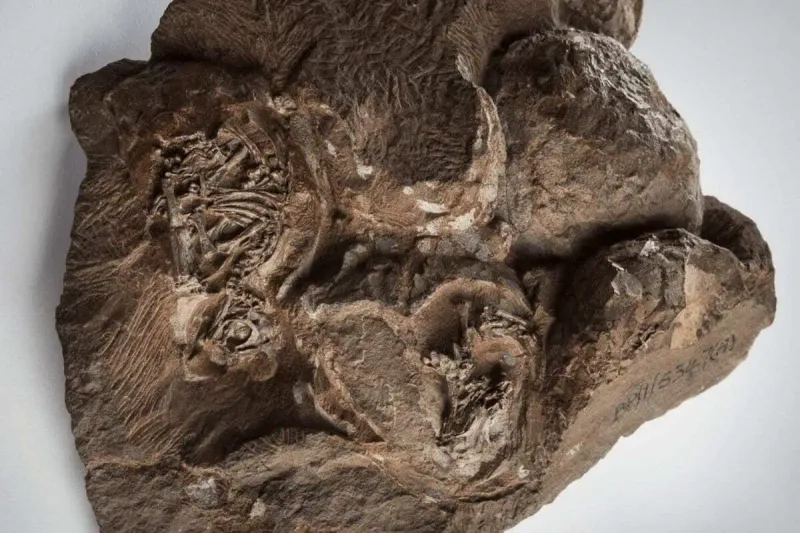
High-tech detective work cracked this prehistoric mystery! Scientists used synchrotron scanning—a super-powered X-ray technique—to peer inside the fossilized stomach without damaging it.
This advanced technology revealed plant structures invisible to the naked eye. Computer modeling then helped researchers identify specific plant species and understand how they were processed in the dinosaur’s digestive system.
6. Conifers, Seed Ferns, And Flowering Plants: What Sauropods Ate
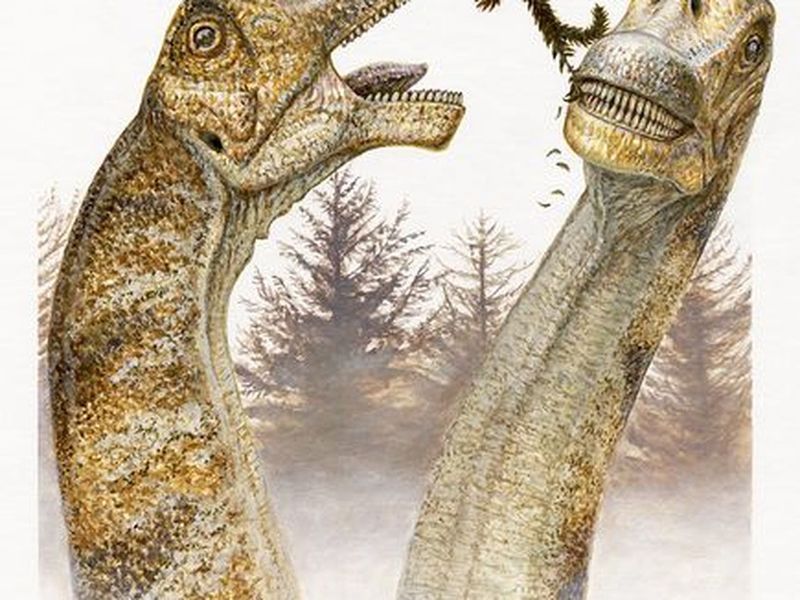
Ancient forests offered these giants a diverse buffet! Judy’s stomach contained conifer needles, woody twigs, and even charcoal from forest fires.
Seed ferns—extinct plants with fern-like leaves but producing seeds—made up a significant portion of her meal. Most surprisingly, researchers found early flowering plants, proving sauropods adapted to eating these evolutionary newcomers that now dominate our planet.
7. Did Sauropods Chew? What Their Stomach Contents Tell Us

Mystery solved: sauropods didn’t chew like we do! The plant fragments in Judy’s stomach were cut cleanly rather than crushed or ground.
This supports theories that these dinosaurs used their pencil-shaped teeth like garden shears to clip vegetation. The food was then broken down by powerful stomach acids and gut stones—similar to how modern birds use gizzard stones to grind their food.
8. How Sauropods Likely Processed Food Without Chewing
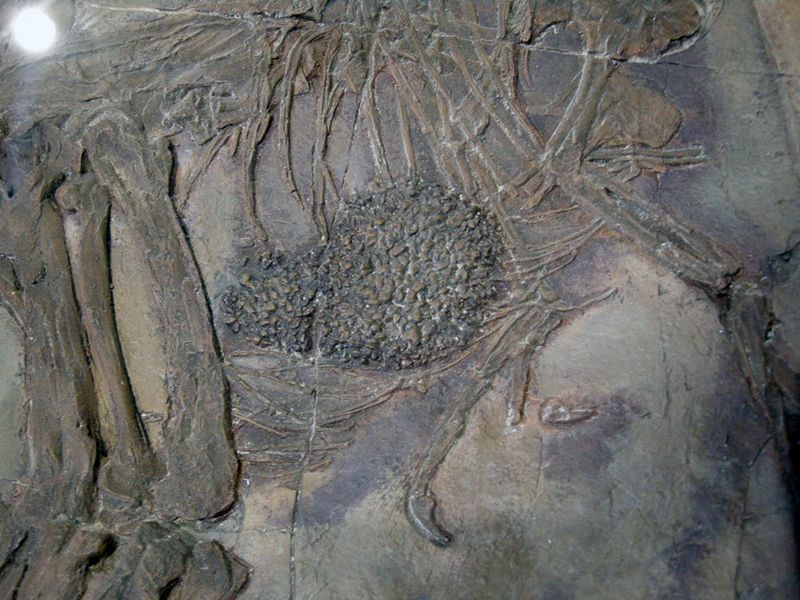
Smooth pebbles found alongside Judy’s remains weren’t random rocks—they were her digestive tools! Sauropods swallowed stones called gastroliths that tumbled around in their stomachs, mashing food like a prehistoric blender.
Their massive fermentation chambers then broke down tough plant matter through bacterial action. This efficient system allowed sauropods to process enormous quantities of vegetation without spending energy on chewing.
9. What This Discovery Tells Us About Sauropods’ Role In Ancient Ecosystems

These gentle giants were ecosystem engineers! By consuming massive amounts of vegetation, sauropods shaped plant communities and spread seeds across vast distances.
The variety in Judy’s diet suggests these dinosaurs helped maintain plant diversity. Their droppings fertilized ancient soils, while their feeding habits likely influenced which plant species thrived or declined—similar to how modern elephants transform African savannas.

